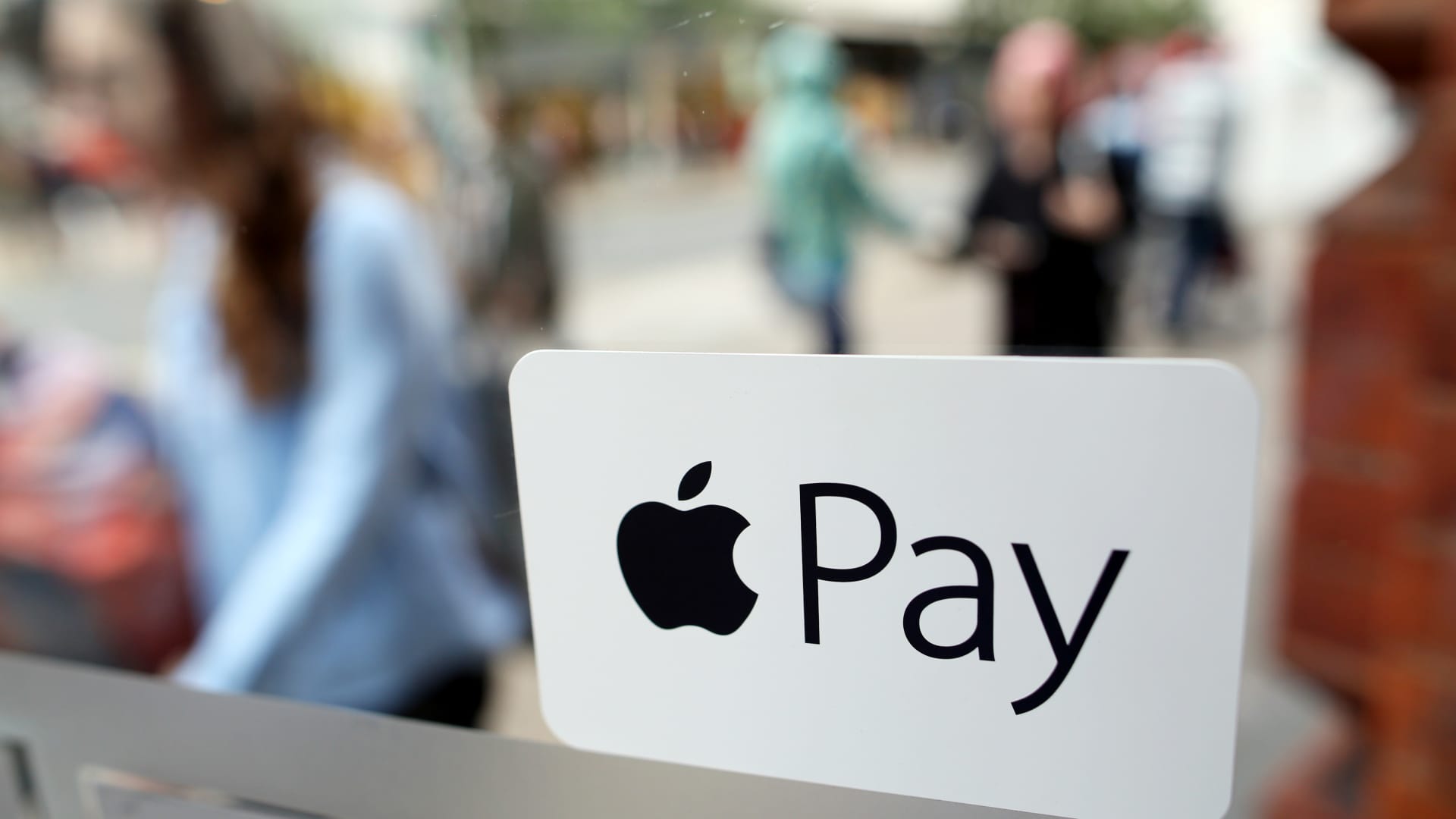2.0 is the term used to describe the new vision of the future of the Polkadot network, a protocol that connects different blockchains to send value and data between networks that previously didn't work together, such as and .
While it may seem like a purely technical process, Polkadot 2.0 is not tied to a specific event. Instead, it represents a series of changes that will expand the blockchain's capabilities.
Founder Gavin Wood describes Polkadot 2.0 as a broad-based, adaptable computing resource when deployed. He touts the upgrade as incorporating new features designed to increase scalability, lower barriers to entry, and better meet market needs.
Polkadot’s journey began with the publication of its whitepaper in November 2016 and reached a major milestone in 2023 with the release of its final codebase. The launch set the stage for rapid expansion, including the addition of 50 interconnected chains and over 200 projects using its SDK. Each of Polkadot’s projects is built on its own distinctive blockchain, known as a parachain.
That said, Polkadot 2.0 is packed with key technical updates such as Async Backing, Agile Coretime, and Elastic (NYSE:) Scalability. These changes are expected to make the network more scalable and improve performance, resulting in faster transactions and better resource management.
Beyond the technical side, the update also focuses on user experience with a revamped website, updated messaging and a new visual identity.
The impact of Polkadot 2.0 is already being felt across the cryptocurrency industry, with projects like Mythical Games and Frequency choosing Polkadot as their platform.
More specifically, the ecosystem is now turning its attention to applications, with Agile Coretime introducing a more adaptable way of allocating block space. This gives developers the flexibility to purchase block space based on their exact needs, allowing the system to manage computational resources more efficiently by responding to demand in real time.
At its core, Polkadot is a layer-0 solution specifically designed to address blockchain interoperability, offering developers a platform to build applications and chains. Its architecture includes a main relay chain, responsible for network security, consensus, and interoperability, along with multiple parachains. These parachains are application-specific layer-1 blockchains, each capable of holding its own tokens.
To explain the upcoming shift, Wood compares the move to Polkadot 2.0 to a pancake company. Imagine a company that produces its own sugar, water, milk, and eggs, but focuses exclusively on selling pancakes. In this analogy, the pancakes represent the “parachains,” and the pancake company represents Polkadot 1.0.










